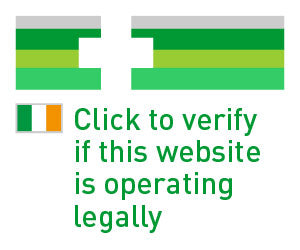Eye Infections – Hello Health Hub

What is an eye infection?
An eye infection is generally known as conjunctivitis. Conjunctivitis is inflammation of the tissue that lines the inside of the eyelids. Conjunctivitis comes in a variety of forms and causes.
Infectious conjunctivitis is caused by bacteria or viruses. Non-infectious conjunctivitis can be caused by allergies or irritation. Conjunctivitis is usually a minor ailment that goes away on its own after 5 to 14 days, depending on the cause.
Main types of conjunctivitis
There are 4 main types of conjunctivitis inflammation:
Viral Conjunctivitis
- Infection of the eye caused by a virus
- Can be caused by several different viruses, such as adenoviruses
- Very contagious
- Sometimes can result in large outbreaks depending on the virus
Bacterial Conjunctivitis
- Infection of the eye caused by certain bacteria
- Can be caused by Staphylococcus aureus, Streptococcus pneumoniae, Haemophilus influenzae, Moraxella catarrhalis, or, less commonly, Chlamydia trachomatis and Neisseria gonorrhoeae
- Can be spread easily, especially with certain bacteria and in certain settings
- Children with conjunctivitis without fever or behavioural changes can usually continue going to school
- More common in kids than adults
- Observed more frequently from December through April
Allergic Conjunctivitis
- The body’s reaction to an allergen
- Not contagious
- Occurs more frequently among people with other allergic conditions, such as hay fever, asthma, and eczema
- Can occur seasonally when allergens such as pollen counts are high
- Can also occur year-round due to indoor allergens, such as dust mites
Conjunctivitis Caused by Irritants
- Caused by irritation from a foreign body in the eye or contact with smoke, dust, fumes, or chemicals
- Not contagious
- Can occur when contact lenses are worn for longer than recommended or not cleaned properly
Eye infection symptoms include:
- Red irritated eye(s)
- Grittiness and discomfort in the eye(s)
- Sticky mucous/ discharge from the eye(s)
- Light sensitivity
- Redness behind the eyelid
- Swelling of the eyelids, making them appear puffy
- Excessive tears
- You should not have any change in your vision

Conjunctivitis Treatments
Eye infection treatments to try at home:
- Avoiding rubbing the eyes
- Washing your hands regularly with soap and water before touching the eye
- Avoid wearing contact lenses while you have conjunctivitis
- Using separate towels to others to avoid spread
- Avoiding close contact with others during the contagious period (up to approximately 7 days after onset of symptoms)
- Applying a cold compress and/ or refrigerated artificial tears drops to relieve irritation
- Washing the eye with a saline eye bath or cooled, boiled water
- Using sterile eye wipes or cotton wool dipped in cool, boiled water to wipe the eye clean
- Applying antihistamine drops if your conjunctivitis is caused by allergies such as hay fever
How a pharmacist can help with conjunctivitis:
- A pharmacist can provide you with information about medications that may be of us
- They can help you to determine if your conjunctivitis may be contagious or not
- They can also advise the best eye drops, eye ointments & eye wipes to lessen the symptoms
When to contact your GP:
- You have pain in the eye
- You have changes in your vision
- Your symptoms don’t improve after a week
- You keep getting conjunctivitis
- The person with conjunctivitis is less than one month old
Treatment for conjunctivitis that a GP might offer:
- Antibiotic eye drops
- Antibiotic eye ointments
- Antihistamine eye drops
- Steroid eye drops
- Antiviral tablets



